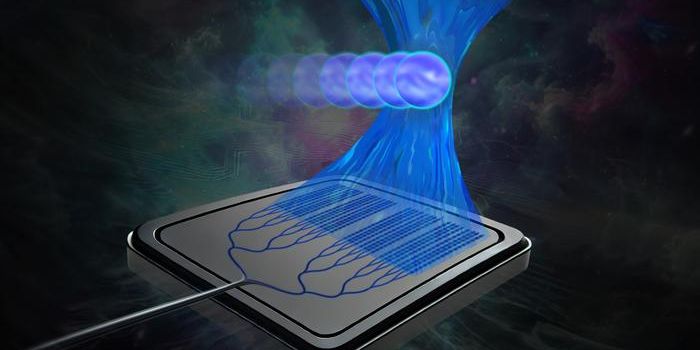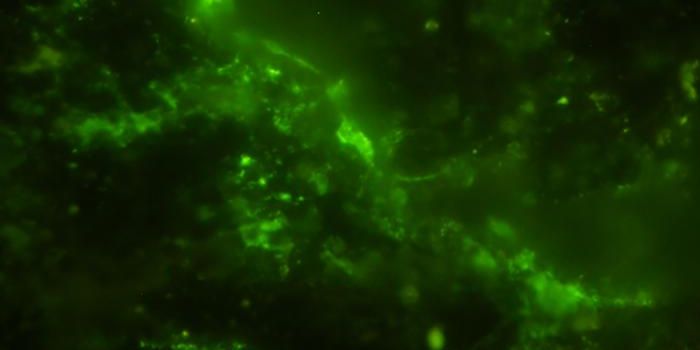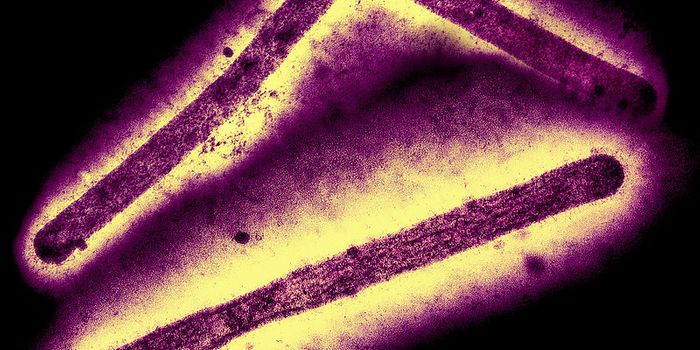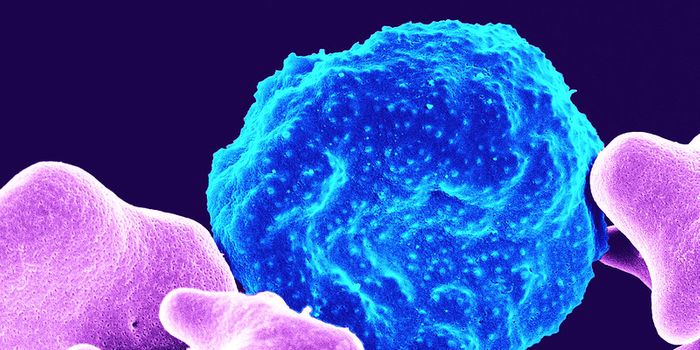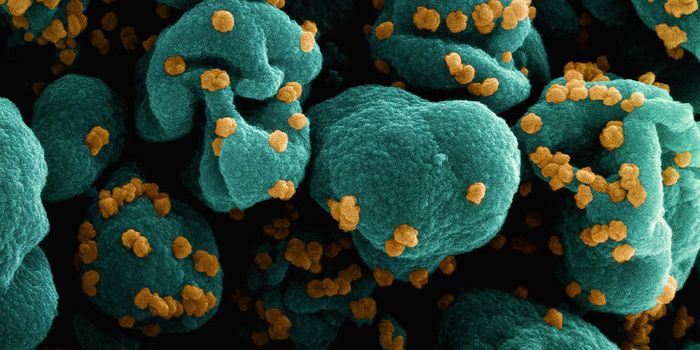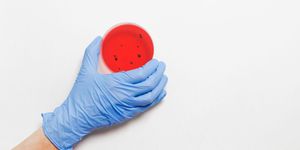Light-Activated Nanoscale Drills Can Penetrate Bacteria
In 1999, a miniature rotor that could be moved reliably was attached to a molecule. Researchers have come a long way since that Nobel Prize-winning work was performed by Bernard Feringa. Scientists have engineered nanoscale drills, which can be controlled with visible light and were able to punch into antibiotic-resistant bacteria, killing them. This work could open up an entirely new approach to fighting infectious skin diseases.
Reporting in Science Advances, researchers developed and tested six versions of molecular machines. All were successfully able to drill into the cell membranes of gram-negative and gram-positive bacteria in about two minutes or less.
There has been an arms race in microbes, which all need nutrients and have to find a place to live. They do battle with antibiotic drugs, with one another, and other microbes like viruses, creating ways to fight and defend through evolution. But microbes will have a tough time defending themselves against a mechanical foe, and it seems unlikely that they would find a way to overcome a machine. As antibiotic resistance rises in the microbial world, this could be a great strategy to fight some deadly pathogens.
“I tell students that when they are my age, antibiotic-resistant bacteria are going to make COVID look like a walk in the park,” said senior study author James Tour, a Professor at Rice University. “Antibiotics won’t be able to keep 10 million people a year from dying of bacterial infections. But this really stops them.”
The motorized molecules were initially tested on models of burn wound infections. This showed that the nanomachines could rapidly kill pathogenic bacteria, including deadly methicillin-resistant Staphylococcus aureus, which caused an estimated 100,000 deaths in 2019 alone.
The nanomachines no longer rely on UV light for activation, a major step forward since UV light can be damaging to human cells. They can also break up tough, tenacious forms of microbes, including biofilms and persister cells, which can both become resistant to antibiotics.
An antibiotic may be able to kill most of a bacterial colony. However, "... there are often a few persister cells that for some reason don’t die. But that doesn’t matter to the drills,” said Tour.
These molecular machines could also be used in conjunction with antibacterial drugs to boost their efficacy. Drugs that have been rendered ineffective because bacteria found a way to prevent them from getting in could enter through the tiny holes made by nanomachines, and kill bacteria once again.
Now, the scientists are improving the nanomachines so they will target bacteria specifically, and leave mammalian cells unharmed and intact; they are connecting bacteria-seeking tags to the drills. “But even without that, the peptide can be applied to a site of bacterial concentration, like in a burn wound area,” noted first study author and postdoctoral researcher Dr. Ana Santos.
Sources: Rice University, Science Advances


